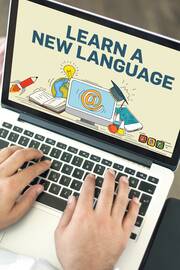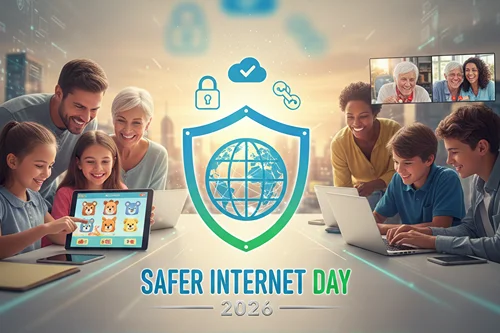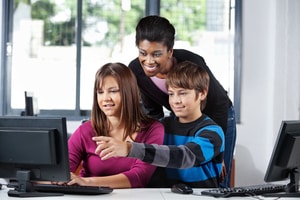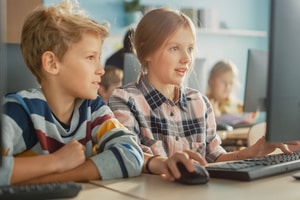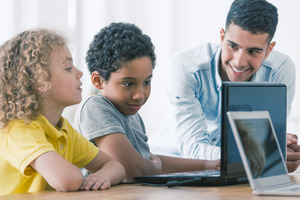Ways To Improve Science Programs in Schools
Whether it be because a school’s science programs have been neglected or simply struggle to get kids to pay attention in class, many science classes could use a hand in improving themselves. That way, they can provide future generations with the knowledge they need to thrive in STEM subjects.
Here are a few ways to improve science programs in schools that will help kids stay engaged and prepared for the future.
Improving Curriculums
Because America doesn’t have a national standard when it comes to school curriculums, many science classes and programs don’t have a consistent schedule that ensures kids are learning what they’re supposed to and ensure that later programs build off what students have already learned.
Instead, irregular curriculums mean students often have to relearn things they already know or jump ahead to subjects without context—both of which can be discouraging and kill student engagement.
A Consistent Schedule
In lieu of a national curriculum, schools should endeavor to create a consistent schedule for their students and, if possible, even create a curriculum that spans the entire school district. Providing such structure not only ensures comprehensive and consistent learning but also helps retain a student’s developing passion for various scientific fields.
This is especially useful for students if they don’t feel like they’re having to backtrack or lurch ahead in their learning—the former being unstimulating and boring, while the latter causes confusion and frustration.
Invest in Equipment
Lectures and diagrams can only go so far. Kids, especially younger kids, don’t have that kind of patience and will quickly lose focus. That’s why it’s important that science programs have the resources needed to invest in lab equipment. This will allow science teachers to engage students with examples or displays of experiments in person, making classes more interesting and informative.
Ideally, schools should strive to provide equipment for students to use. This is one of the best ways to improve science programs in schools because the students gain experience working with the equipment and gain a more in-depth understanding of the scientific process.
Student Participation
Everyone learns best by doing. It’s the most direct and thorough lesson and will not only allow kids to participate and engage with the lesson but allows them to apply their critical thinking and problem-solving skills in experiments they get to conduct themselves. For that reason, equipment like microscopes engages kids by giving them new experiences and helping them interact with the lesson more intimately.
Performing experiments themselves make science lessons feel less abstract for students. In addition, having the chance to experiment and perform the scientific process themselves may also help spark and foster a love of science that could propel kids into STEM careers. Even smaller, more hands-on projects like building a model rocket can be a great way to improve student participation.
These are just a handful of the ways to improve science programs at your school. Consider starting with these tips to help your students grow their passion for this field.




